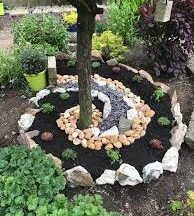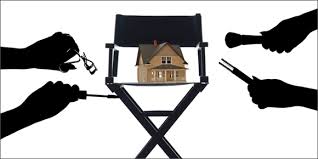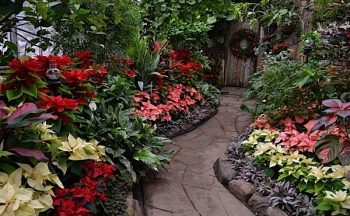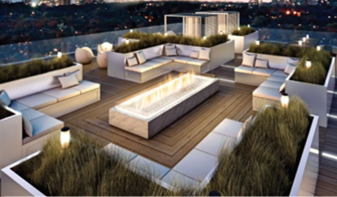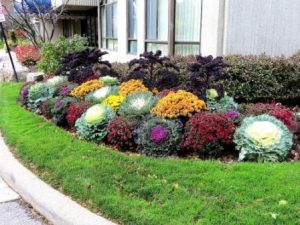 April 2024
April 2024
Our region is blessed with great neighbourhoods and communities.
Curb appeal is the favourable impression others have of a property during a first visit. When lacking, it reduces interest in properties for sale. In a high-rise community, curb appeal extends to the way residents feel about their common areas.
First impressions count! Buildings that appear unclean or poorly maintained suggest that owners care less about their home. Visitors, including prospective buyers, are less likely to look for problems or walk away with a “bad feeling” when a property looks good.
 A condo building that looks good, and is thought to be managed well, has curb appeal. Lobby, hallways, finishings, lighting, amenities and landscaping all play a role. Any building that looks old, appears stale, smells funny or has visible damage lacks curb appeal. Damaged and unmaintained parking areas, strange or bad smells, noise, water damage and landscaping all contribute to a lack of curb appeal. Buyers in buildings lacking curb appeal are less optimistic, have lower expectations and will pay less to purchase a unit.
A condo building that looks good, and is thought to be managed well, has curb appeal. Lobby, hallways, finishings, lighting, amenities and landscaping all play a role. Any building that looks old, appears stale, smells funny or has visible damage lacks curb appeal. Damaged and unmaintained parking areas, strange or bad smells, noise, water damage and landscaping all contribute to a lack of curb appeal. Buyers in buildings lacking curb appeal are less optimistic, have lower expectations and will pay less to purchase a unit.
When considering outdoor spaces, curb appeal is focused on landscaping, parking areas and lighting.
Main Entrance
Walk around the driveway and front entrance to see what others see.
- The entrance sign should be easily noticed
- Ensure the address and name are intact and unhidden by obstructions
- Signage should look modern and in good condition
- Visitor parking and signage should be noticeable and clear
- For ground level units accessed from outside, unit numbers should be visible
Effective signage and easy-to-see unit numbers help potential buyers and visitors. Emergency response teams can more quickly reach someone in distress.
Common Area Sidewalks
Sidewalks should be level and wide. Uneven sidewalks and those with cracks, overgrown turf or missing pieces are a tripping hazard. Keep them free of snow and ice. All walking areas should be free of obstacles.
Landscaping, Decoration and Use of Colour
Colourful flowers – annuals and/or perennials – are best located where they can be seen in the front garden beds, along walkways and driveway entrances. Indoors, urns with colourful flowers in the front entranceway are welcoming. Replace summer flowers with decorative displays during the winter months.
- Cut back overgrown and overhanging trees
- Cut in fresh garden edges
- Remove weeds and add mulch
- Remove damaged, diseased or dying plants and trees
- Ontario’s pesticide ban makes it more difficult to keep landscaped spaces weed-free. More frequent seeding, replacing grass areas with a garden, and using mulch around trees are effective practices. An irrigation system makes it easier to keep gardens and grass looking good while minimizing weeds.
Lighting
Effective lighting provides security and improves personal safety. Landscape lighting or light fixtures along sidewalks helps make your condominium home welcoming, inviting and safer.
- Parking area and walkways should be well lit at night without trees or shrubs blocking lights
Lighting near sidewalks and driveways make residents comfortable walking outside at night.
Community Gardens
Community gardens offer a growing space providing a sense of community and collaboration, and low-cost food. Community gardens can be created in any unused space on the ground, roof or mid-level terrace.
Landscaping works best when used by residents. Seating, grassy areas for lounging and barbecue pits, and space for parties or resident gatherings should be part of outdoor planning. Family friendly buildings require play space for children.
Keeping areas up to date, well maintained and safe is a goal that makes your home more enjoyable to residents and more appealing to potential buyers that want to live in your community.



